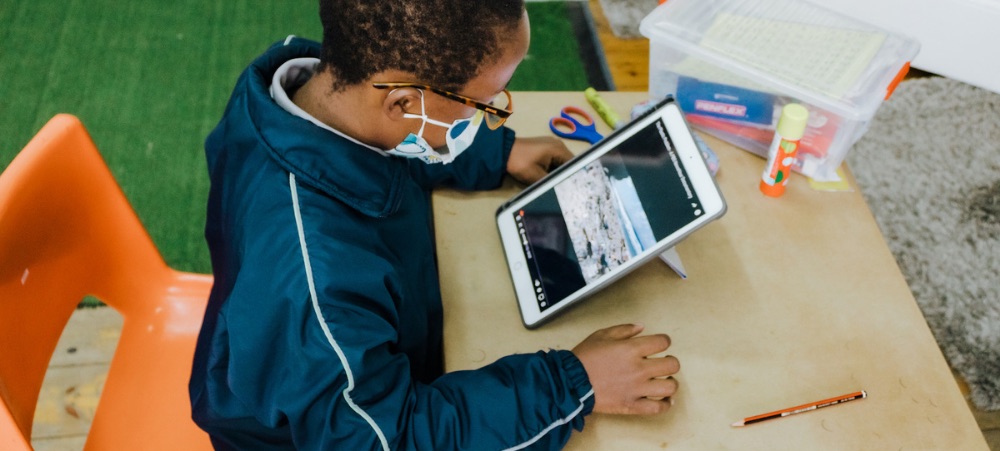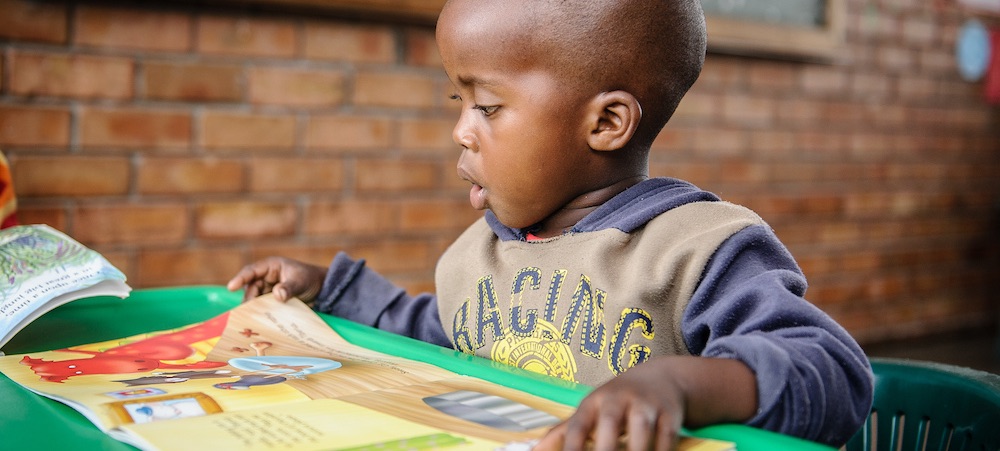
Treat adult acne on the go with Lamelle Clarity Active Spot Control
Paying your bills on time. Crushing that Zoom presentation. Ensuring the kids aren’t sticking their fingers into plug sockets. As an adult, the things you have to worry about seem endless and acne really shouldn’t be one of them. Thing is, the spotty skin phase isn’t exclusive to teens. Many of us still struggle with pimples well into adulthood. (And yes, that monstrous one is just waiting to pop up right before that Zoom meeting. Fun!) Something else that’s contributing to the rise of adult acne is the fact that we’re all wearing face masks. While they’re vital to our safety – so don’t stop wearing them – they do create a humid environment that encourages excess oil and a build-up of bacteria. The result? ‘Maskne’ – acne that’s caused or worsened by wearing a face mask. Fortunately, with the right treatment, you can clear problematic skin and keep it that way. You can also do it while you’re on the go and thank goodness for that. Grown-up life is fast-paced and when days fly by like minutes, you’ll want a fuss-free yet effective routine to keep you feeling confident. But first, before we share our tips on how to keep your skin clean and clear when you’re on the run, let’s take a closer look at problem skin so you can create the best plan of attack. Adult acne 101 Several things contribute to congested skin and the biggest is the overproduction of oil. This is largely dictated by your hormones and nope, just because you’re out of high school this doesn’t mean they’re automatically going to “behave”. Then there’s the improper shedding of skin cells. In short, if you’re not naturally exfoliating at a high enough rate – or shedding too much – your pores can become clogged with dead skin. Alas, a blocked follicle is the fast track to inflammation and that’s just a breeding ground for acne-causing bacteria. Ironically, this bacteria causes yet more inflammation and – just like that – you’ve got a vicious cycle. Also, if left unchecked, this inflammation can rupture the follicle wall as well as extend into the lower layers of the skin causing an acne scar or post-inflammatory hyperpigmentation (PIH). A fuss-free solution Clearly there are a few things you want to keep in check. Oil production, exfoliation, bacteria and inflammation. This is where Clarity by Lamelle comes in. The entire range is streamlined to be targeted and fuss-free for and serves up exactly what problematic skin needs to cleanse, hydrate and treat. To start, Clarity Active Cleanse is soap-free so it won’t irritate your skin or over dry it in a way that causes it to produce yet more oil. It also contains exfoliating, antibacterial and anti-inflammatory ingredients. You can then hydrate day and night using Clarity Corrective AM and Clarity Correctives PM Plus. Together, they serve up a potent blend of acne-busters including anti-inflammatories and safe yet very effective retinoid. The latter speeds up cellular turnover, reduces bacterial load and mitigates the hyperpigmentation that can occur in the wake of a pimple. Say hello to your secret weapon Like we said, when you’re on the move, you want a targeted treatment you can slip into your handbag, gym bag or glove box. This way, you won’t forget to use it and will always have it at hand. This way, you can take instant action the moment a pesky pimple dares to rear its head. In this case, your antibacterial action hero is Clarity Active Spot Control. Clarity Active Spot Control by Lamelle contains salicylic acid to exfoliates deep inside your pores while alpha hydroxy acids slough away dead skin up top. Panthenol and niacinamide act like super soothers while the latter helps reduce the look of hyperpigmentation. It also contains a skin-brightening version of vitamin C proven to reduce the secretion of oil while reducing inflammation. Last but not least, there’s the acne-fighting all-rounder azelaic acid. It can also tamp down inflammation, help minimise hyperpigmentation and even has antibacterial properties. To stop a pimple in its tracks, use it morning or night. However, if you’re spending a lot of time in a mask, you’ll want to change it every four hours, give your skin a good cleanse and re-apply the treatment. If you’re not near a tap to wash up using your Clarity cleanser, a facial wipe will do in a pinch. However, don’t re-use an old or dirty mask as they become magnets for the kind of bacteria, oil and dirt that can worsen a breakout. In short, when you’ve got a targeted treatment that fits into your life – as well as your handbag – you can effectively clear up acne and enjoy healthy, radiant-looking skin, even when you’re on the go! www.lamelle.co.za


































